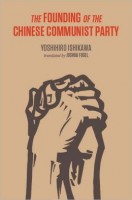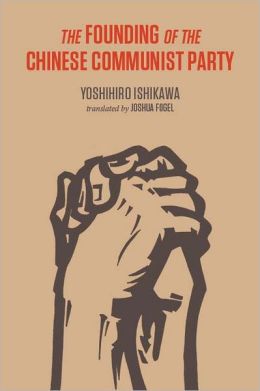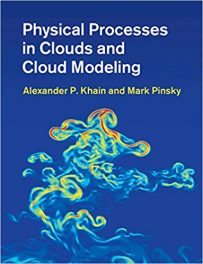 Author: Ishikawa Yoshihiro. Translated by Joshua A. Fogel
Author: Ishikawa Yoshihiro. Translated by Joshua A. Fogel
Publisher: Columbia University Press – 503 pages
Book Review by: Sonu Chandiram
Recently-released documents in Chinese, Japanese and Russian languages, and the author’s exhaustive survey of journals, newspapers and other intellectual and popular publications, form the basis of this newly-published (2013) book by the Columbia University Press.
What was hardly known before this work was released was about the international associations of the Chinese Communist Party (CCP), which the party leaders tended to minimize, and possibly suppress.
Ishikawa Yoshihiro begins his story in 1919 – two years before the official founding of the CCP – and ends it shortly in 1922, just three years later. Prior to the formation of the CCP in 1919, Chinese political intellectuals used to write under pen names and even plagiarized or translated the texts of early Chinese Marxists.
They also looked at the works of Japanese Marxists, until that country’s government clamped down on the activities of the leftists. After that, the Marxists in China turned to American and British sources of Marxist thought.
The author reports on many meetings of different Chinese groups in those days, including those who attended Soviet Russian gatherings of Marxists, claiming they were speaking for a CCP that was then in-the-making. In short, he sheds light on an aspect of Chinese history that is little known – the formation of the Chinese Communist Party, and its later attitude and activities.
This book of 500-plus pages has an Introduction and an Afterword, and four main sections with 16 subtopics in between. Here is an overview for readers:
- The Reception of Marxism in China
- Soviet Russia, the Comintern, and the Chinese Communist Movement
- Toward the Formation of the Chinese Communist Party
- The First National Congress of the Chinese Communist Party
Photos of people related to the subject of this book, as well as copies of newspapers are provided in this book to facilitate the understanding of the formation of the Chinese Communist Party.
Three Appendices, a list of Abbreviations, a Notes section, a Bibliography and an Index at the end of this book all aid in giving readers a clearer view of this short but crucial period – 1919 to 1922 – in Chinese history.
Here are summaries of each section:
The Reception of Marxism in China
Even though the well-known May Fourth Movement erupted in 1919 when genuine study of Marxism began in China, Marxism and Western socialism as developed by Karl Marx (1818-1883) was introduced to the Chinese towards the end of the last dynasty in China, the Qing Dynasty (1644-1912).
What led to the spread of Marxism in China in 1919? The author writes: “The precipitous flow of socialist documents into China from 1919 forward is simply astonishing, as the main newspapers and magazines throughout the country devoted large amounts of space to introducing socialist ideas.”
Soviet Russia, the Comintern, and the Chinese Communist Movement
Prodding by the Russian Communist Party (Bolsheviks) and the Comintern on China is “said to have begun” when Grigorli Voitinsky (1893-1953) and his group were sent to China. No year is cited by the author, although it was after 1919.
In 1919, while the Russian civil war following the October Revolution was still raging, an international meeting to create the Third International or Comintern convened in Moscow. Two Chinese representatives – Liu Zerong (1892-1970) and Zhang Yonkui (1893-1977) attended it. They were introduced as members of the Chinese Socialist Labor Party residing in China. The rest is history.
Toward the Formation of the Chinese Communist Party
Researching several documents, the author finds that the Chinese Communist Party (CCP) had its origins in several groups. One was called the Shanghai Communist Group and another one known as the Socialist-Communist Party.
The latter was formed on June 17, 1920. A third group called the Socialist League, formed in early 1920 by five Chinese men, was “the organization that was said to constitute the nucleus of the Communist party.”
I believe it does not really matter which of these groups was the actual precursor of the CCP. What matters is that the desire to form an organization for the good of all was within the hearts of people who formed the Chinese Communist Party.
The First National Congress of the Chinese Communist Party
The Chinese Communist Party announced its formation with the completion of the Chinese Communist Party Manifesto. This document was published in the inaugural issue of Gongchandong in November 1920.







